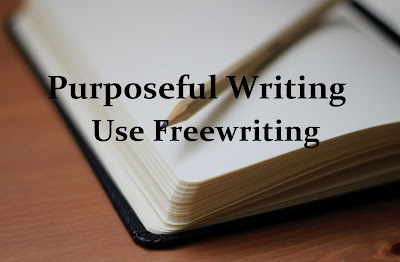Purposeful Writing: Use Freewriting by Deborah Lyn Stanley
Purposeful writing is knowing why we are writing and who we wish to serve. What is special about our writing that readers can’t just get from the next blogger?
At a loss of what to write? Need to generate ideas? Or, do you want to tell your message in a unique way? I suggest you consider freewriting the topic you have chosen, or one that is your favorite. Make a list of prompts for yourself to use for freewriting, and several photos that tell a story.
Start writing and watch the topic come alive!
Once we have our article drafted, we’ll review it for clarity, grammar improvements, plus description changes to stronger verbs and nouns. Read it aloud. Consider any changes you wish to make to the point of view.
Let’s take a closer look at how to use freewriting to inspire your article or story:
1) Choose prompts that kindle your writing, be it a word, a phrase, or a poem that stirs up a memory or your imagination.
2) Make it fiction, a true story, or part of a memoir.
3) All freewrites are good, there is never a perfect freewrite!
4) Write whatever comes to your mind. It doesn’t have to make sense, just keep writing for ~20 minutes. Write the story you see in your mind’s eye.
5) You are writing for yourself as a starting point for your topic, then you will develop the topic it to get your message across and flowing.
More info about freewriting:
Masterclass.com
https://www.masterclass.com/articles/how-to-improve-your-writing-with-freewriting
The Write Spot – Jumpstart Program (See the “Blog” for prompts) https://thewritespot.us/
Visit her My Writer’s Life website at: https://deborahlynwriter.com/
Visit her caregiver’s website: https://deborahlyncaregiver.com/
Mom & Me: A Story of Dementia and the Power of God’s Love is available:
on Amazon
https://www.linkedin.com/
And more via the icon bar below:


















































